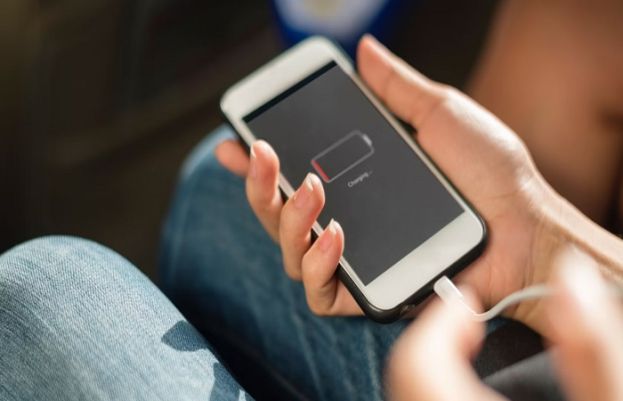Does keeping a smartphone from communicating with networks drain the battery less? If you’re a heavy-duty smartphone user — which includes just about everybody these days, since the average American spends 4.7 hours a day gazing at and tapping that little screen — you know how agonizing it is to have to stop looking at cat videos for a while and plug your phone into a charger to replenish the battery. And some phones can take hours to charge. But you can reduce your separation anxiety a bit by following this tip: While charging, switch your phone to airplane mode, so that the phone won’t slow down the process by continually burning energy trying to connect with cell phone towers and plot your location with its GPS function. The trick actually works to an extent, but there are caveats, as this article on mobile provider Verizon’s website details. The reason why is that while your phone is in its regular mode, it’s continually trying to signal cell towers and pinpoint your location. And even though your phone most likely has assisted GPS, which calculates your location coordinates using the cellphone network rather than satellites, the function still burns up a lot of juice. That’s because the location-finding stops your phone from going into full-on, energy-saving sleep mode. When you switch to airplane mode, you turn off reception of those radio transmissions, and as a result, your phone charges more quickly. But don’t get too hyped, because it won’t save you that much time. When CNET tested the proposition a few years ago, airplane mode only shaved four minutes off a phone’s charging time in one trial, and 11 minutes in another.
Do smartphones really charge faster in airplane mode?

